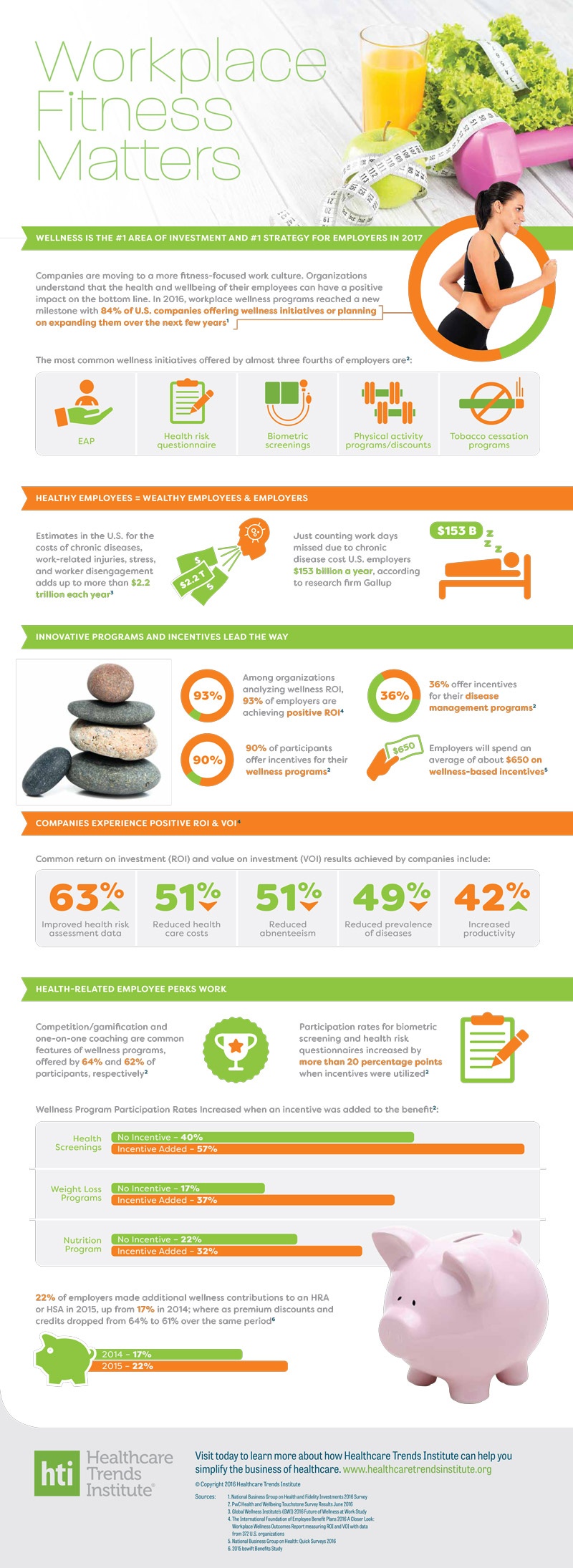It’s estimated that over $2.2 trillion dollars each year is spent on chronic diseases, stress, work-related injuries and worker disengagement.1 School, city and county employers are combating these rising health care costs by creating healthier work environments and embedding wellness into their culture. They are recognizing that wellness is important to the workforce as a whole and that health and wellness has an impact on the bottom line.
Why Wellness?
Workplace wellness is a win-win for both employers and staff. When employers provide a supportive environment to encourage employees to adopt a healthier lifestyle through wellness programs/initiatives like exercising, making healthy food choices, quitting smoking, etc., this can help reduce claims, increase productivity and decrease absenteeism. And in the same vein, if employees invest in taking better care of themselves, they can benefit physically, emotionally, mentally and financially.
Some wellness program/initiatives where employers have reported positive results include:
- Employee Assistance Program (EAP)
- Health risk questionnaire
- Biometric screening
- Physical activity program/discounts
- Tobacco cessation program
How to Successfully Measure Wellness
To evaluate your wellness plan, take a look at your ROI (return on investment) and VOI (value of investment). ROI is looking at the tangible benefits of the plan such as absenteeism and reduction in certain medical claims (such as emergency room visits being replaced by urgent care visits). VOI looks at the broader views of the plan like increased loyalty, employee retention and boost in employee morale.
After plan evaluation, many employers are reporting lower healthcare costs, reduced absenteeism, increased productivity and improved health risk assessment data.
Download the Workplace Fitness Matters Infographic.
Infographic provided by www.wexhealthinc.com/healthcare-trends-institute/
1Global Wellness Institute’s 2016 Future of Wellness at Work Study
![2017 is the Year of Wellness [Infographic]](https://blog.nisbenefits.com/hubfs/blog-headers/shutterstock_532367098-1-1024x683.jpg)
